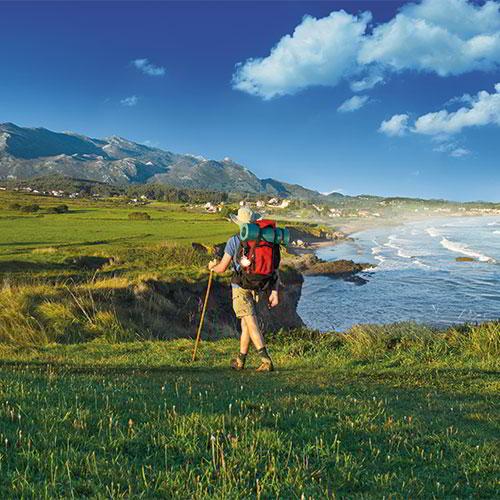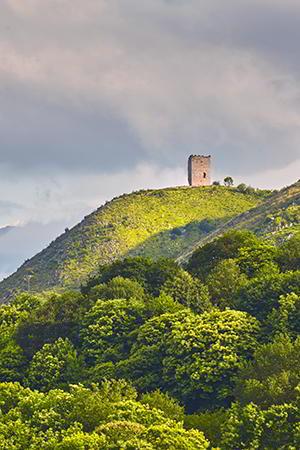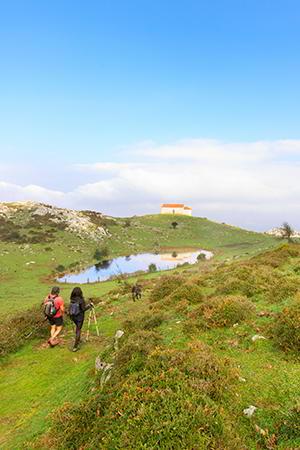The Way of St. James, the Route of the Relics, the Pilgrimage Routes to Covadonga or the Silver Route are some of the most outstanding cultural itineraries of western civilisation, and all of them have a close link with Asturias.
/documents/39908/67725/capillas-monsacro.jpg/affcb6b4-ca7e-031d-20bf-af01ef244a77?t=1720425203440
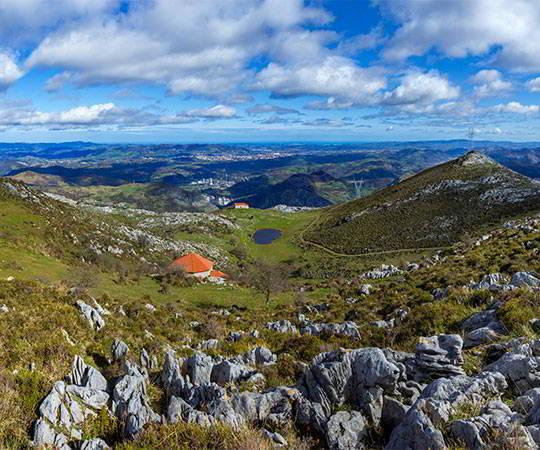
Chapels of the Monsacro (Morcín). ©Les Fartures
The cultural itineraries of Asturias are closely linked to the history of a land that has played a key role in the development of the European continent.
Asturias is a land rich in cultural itineraries and this is fundamentally due to its intense and rich history, and to all the cultural and human legacy that this has generated.
The fact of having been a strategic and very active enclave since prehistoric times has made Asturias a place where routes and paths of notable importance for the evolution of mankind have emerged.
Asturias was decisive for the Roman Empire, and from that period dates what is today a great cultural and tourist itinerary: the Silver Route.
/documents/39908/67725/poblado-de-bustiello.jpg/0202507e-fc01-9a1f-60fd-f42d810021f3?t=1720425205792
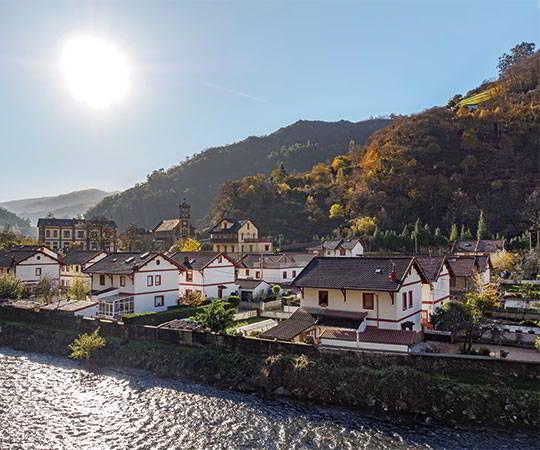
Bustiello Mining Village (Mieres). ©Pelayo Lacazette
In the Middle Ages, Asturias became the first Christian kingdom of the Iberian Peninsula, and in this historical context the Way of St. James - the creation of the Asturian King Alfonso II - and the Route of the Relics - the one followed by the Holy Ark on its way to its final destination in Oviedo/Uviéu - arose. And also at the origin of the Kingdom of Asturias is the devotion to the Royal Site of Cuadonga/Covadonga, which over the centuries has led to the emergence of different pilgrimage routes.

